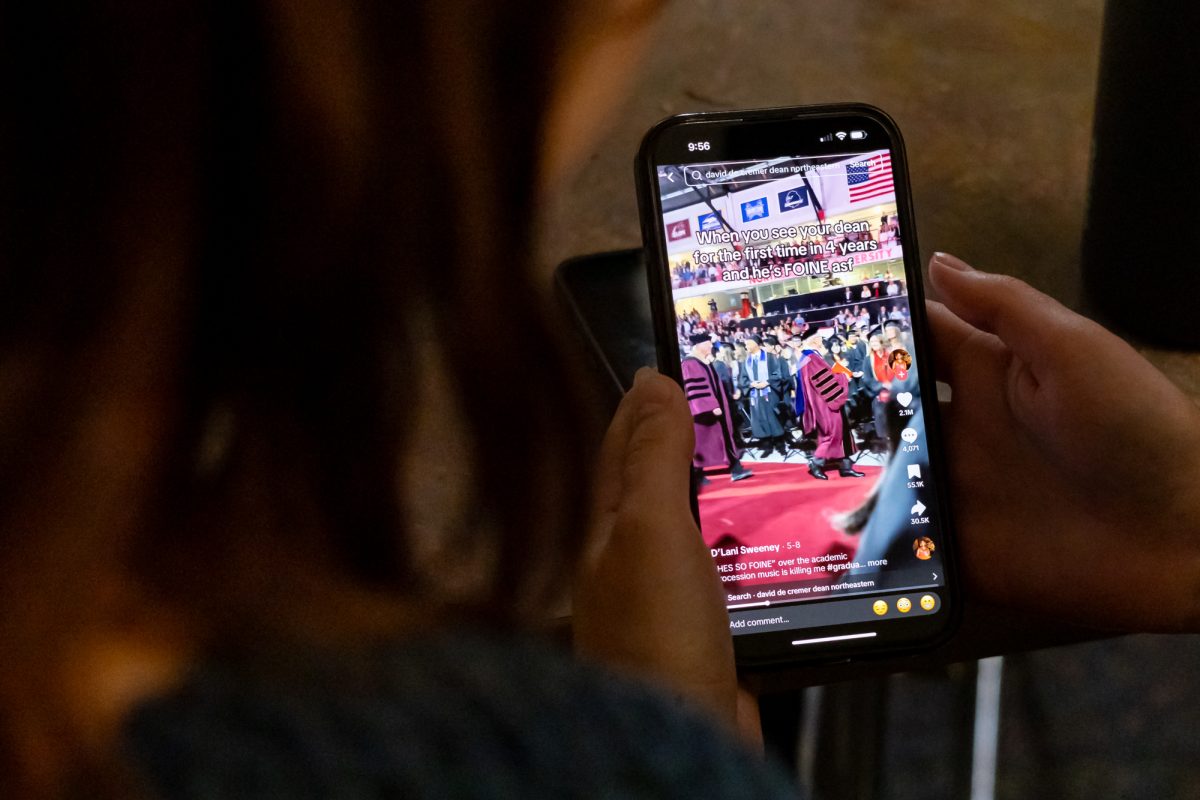
By Rebecca Sirull, News Staff
The concept is simple enough. Students take a photograph of themselves holding a sign that describes an incident of racism they experienced at Harvard University. But the effect is great. Scroll through a few pages of the Tumblr site dedicated to the “I, Too, Am Harvard” movement and it is clear that these students are fighting a tough battle, one that has been underway for centuries and is still far from being won.
Since the website launched on March 1, the “I, Too, Am Harvard” movement has spread overseas, bringing the conversation about discrimination on college campuses to a global platform. The movement sheds light on some of the negative experiences of minority students and draws attention to the need for students, faculty and outsiders of the university to remember that they, too, are Harvard.
The movement originated with a play by the same name, as a part of the 16th Annual Dr. Walter J. Leonard Black Arts Festival. Inspired by the poem “I, Too” by Langston Hughes, the play chronicled the stories of black students at Harvard, including the instances of racism they have faced. The Kuumba Singers, a choral group and Harvard’s oldest black student organization, hosted the play along with 12 other minority and human rights groups including the Harvard African Students Association, Fuerza Latina and the CARR Center for Human Rights Policy.
“This is not an anti-Harvard campaign,” sophomore Kimiko Matsuda-Lawrence, one of the founders of the project, told the Boston Globe. “It’s us raising our voices and trying to change Harvard for the better. We’re not just rolling out stats about minorities. It’s us asking, do students of color have a sense of ownership at Harvard?”
The administration of Harvard has responded in kind, expressing support for the movement and a desire to see the continued activism of its student body to advocate for themselves. After the launch of the Tumblr site and before the play’s debut on March 7, Harvard’s interim dean Donald Pfister sent an email to the entire student body explaining the school’s position on the movement.
“Harvard is a place where the community supports and fosters conversations, ideas and creativity,” the e-mail read in part. “Harvard is also about inclusion. This photo campaign, based on a play which will premiere Friday night, is a great example of students speaking about how we can become a stronger community. ‘I, Too, Am Harvard’ makes clear that our conversation about community does not and should not stop.”
And it hasn’t. The conversation continued to spread across Harvard’s campus, with over 60 students involved in the photo campaign, 315,219 Tumblr page views and a feature on BuzzFeed with over a million hits. Not only did the project garner online attention, but it has also sparked similar movements at the University of Oxford in England and the University of Virginia.
According to the “I, Too, Am Oxford” website, “the Harvard project resonated with a sense of communal disaffection that students of color at Oxford have with the University … Hopefully this project will demonstrate that despite there being a greater number of students of color studying at Oxford now than there has ever been before, there are still issues that need to be discussed. In participating in ‘I, Too, Am Oxford,’ students of color are demanding that a discussion on race be taken seriously and that real institutional change occur.”
Just a few days after the launch of “I, Too, Am Oxford,” a separate website called “We Are All Oxford” was established with the goal of presenting the full picture of minority students at Oxford, not just the negative experiences.
“We decided to respond to the ‘I, Too, Am Oxford’ campaign because we feel that the University of Oxford has been misrepresented in the media,” Alexandra Wilson, the organizer of “We Are All Oxford,” said in a letter to Cherwell, Oxford’s independent student newspaper. “Our main concern is that the campaign’s negative portrayal of an ethnic minority student’s experience at the university will discourage prospective ethnic minority students from applying.”
However, some Oxford students argue that the message of “We Are All Oxford” (WAAO) dilutes that of “I, Too, Am Harvard,” (ITAO) criticizing the prominence of non-minority students involved in WAAO and explaining the need to address issues of racism head on.
“The dialogue instigated by WAAO is neither appropriate nor meaningful,” Tyler Alabanza-Behard, an Oxford student involved in ITAO, said in a letter to Cherwell. “Instead of truly engaging with the crucial issues raised by ITAO, the counter-campaign hijacks a conversation about race and seeks to assuage its message by trumpeting supposedly-impressive access statistics.”
Despite the division among Oxford students, the original goal of the movement remains intact: to start a conversation about race and its effect on college student experiences. The latest site of this conversation is back in the United States at the University of Virginia (UVA), where the photo campaign is entitled “We Are All UVA,” but more closely aligns in its actions with the “I, Too, Am Harvard” and “I, Too, Am Oxford” movements.
“I think that the mainstream UVA experience doesn’t reflect the experiences of minority students, students who are physically disabled, things like that,” UVA freshman Nazar Aljassar said. “Those types of experiences can also be hidden, swept under the rug, and so I thought it would be interesting to be a part of something that could really bring out those experiences to the UVA community.”
As these campaigns continue to gain recognition and momentum, the voices of the students become stronger, bringing to prominence the conversation on racial and other forms of discrimination. Although there may still be a long road ahead, the students of Harvard and other schools stand strong in their goals to make their voices heard.








